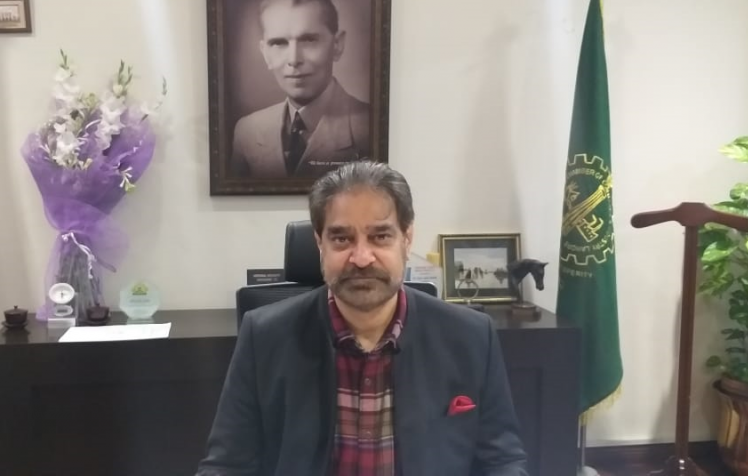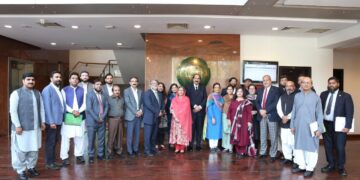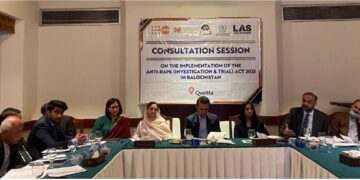Mr. Irfan Iqbal Sheikh, President FPCCI, has noted with profound concerns that Pakistan’s regional trade deficit has further widened as Pakistan’s imports from 9 regional countries have increased by 28.84 percent; whereas, exports to the same have increased only by 16.97 percent.
President FPCCI explained that these nine countries include all geographically contiguous or countries in sub-regional periphery and these countries include China, Afghanistan, Iran, Bangladesh, Sri Lanka, India, Nepal, Bhutan and the Maldives.
Mr. Irfan Iqbal Sheikh said that our imports with the regional countries clocked at $17.814 billion for the period of July 2021 to June 2022 as compared to $13.826 in FY21; which has put additional burden on rupee value and foreign exchange reserves.
FPCCI Chief maintained that it escalates FPCCI’s long standing trepidations that despite the fact that the regional trade is the key to sustainably accelerating country’s exports and realizing its true export potential, the government is still not ready to think out-of-the-box to offer a facilitative and incentivizing regional export support program. There are regional blocs and countries in the world who are having 70 – 80 percent of their total trade with the regional and sub-regional countries, he added.
Mr. Irfan Iqbal Sheik has called for an enhanced focus on intra-regional trade through the platforms of economic cooperation organization (ECO); which has ten countries and developing eight(D-8); which has eight countries.
He added that these alliances have some of the major economies and Pakistan can export them in many major sectors; namely, value-added textiles; sports goods; surgical equipment; rice, fruits & vegetables; construction materials and, most significantly, IT & IT-enabled Services (ITeS).It is not a rocket science that tapping regional trade can enhance Pakistan’s exports by $5 – 10 billion within a short span of 2 – 3 years, he added.
Mr. Irfan Iqbal Sheikh has proposed that Pakistan should actively work towards establishing efficient banking channels with regional countries for the sake of trade; establish large border markets; explore trading options in local currencies and assess practical barter trade mechanisms.















